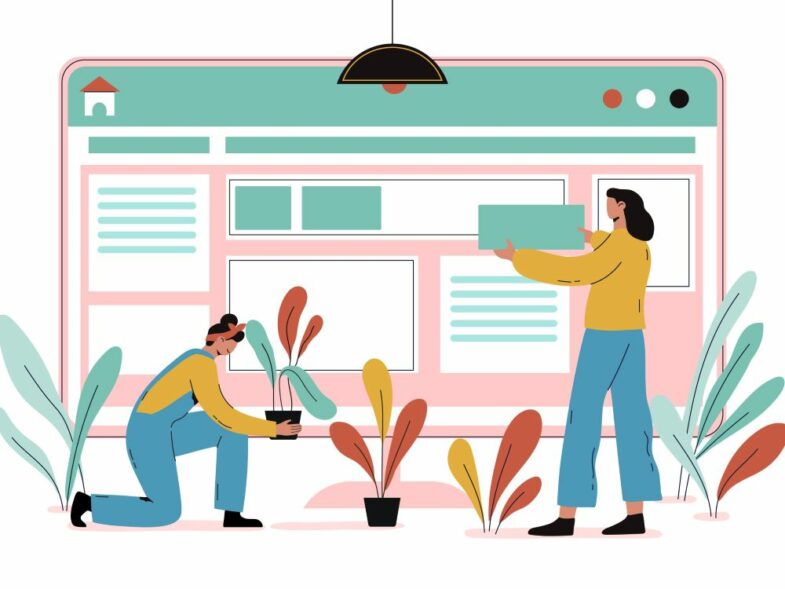No one knows how long this pandemic will last. Some experts think 3-months while others are wary, claiming it could take between 12 to 18 months and a vaccine to end it.
One thing is certain, for the foreseeable future we’ll have to deal with COVID 19, even if the most hopeful experts are right. There are two reasons for this:
1) The global economy has been severely battered.
2) The countries hardest hit by the pandemic will take a while to return to business as usual.
In the meantime, there are several steps you can take to mitigate the damage and turn a profit during these trying times.
Step #1// Determine Your Financial Needs
Creators, entrepreneurs and independent contractors need to create a financial plan that will outlast the virus regardless of the estimates. Ideally, you’d want to create a six-month plan.
A six-month financial forecast and budget afford you sufficient time to adapt to this new way of life and create a long term strategy.
To create the ideal six-month plan you need to:
— Define what your essential expenses are; this would include what it takes to run your business in its current form.
— Decide what you’ll need to add to your business so it’s adaptable to this new way of life. (More on this in step 2)
— Ascertain areas where you can cut out or cut down expenses as the leaner your business model is, the more likely you’ll survive the pandemic.
This first step will determine how much income you’ll need to raise to remain solvent.
Step #2// Define Your Digital Offering
Your digital offering is what your projects, plans, and ideas will look like during the lockdown. All of which will require you to take your ideas and projects online in one form or another.
But, this pandemic also requires that you become more competitive with what you’re currently offering.
Since more creators and entrepreneurs are using the digital space to operate their businesses, you’ll need to create a value proposition that ensures you’re not being drowned out by those with more experience and knowledge of the digital space.
An excellent way to define your digital offering is to research what larger corporations in your industry are doing to adapt to this pandemic and incorporate those ideas on a smaller scale into your offering. You should also research what digital creators in your space have been doing for years, and what you can learn from them.
When you’re creating your digital offering, keep in mind you can get income from two primary sources:
— Clients (brands, companies, entrepreneurs)
— Audience (viewers, listeners, readers, followers, etc)
Step #3// Choose A Payment Processor
It’s amazing how all your hard work can be destroyed in one quick swoop. Payment processors Fees can eat into your profits quickly if you’re not careful, and can drastically impede your ability to forecast your cash flow, injuring any plans you had for your business.
To avoid this, you need to consider:
1// Time Frames:
Payment gateways and platforms all have a specific time frame in which they disburse income. Some take longer than others. Some only disburse funds on a specific day of the week, or when you reach a certain threshold, leading to major delays and cash flow issues. Ideally, you’d want to use a payment gateway or a platform that gives you significant control over when you get your money.
2// Fees:
Most payment gateways keep their fees below 10% to make it seem as though you’re getting a good deal, but in an instant that 10% on every transaction becomes nightmarish.
For freelance platforms like Fiverr and Upwork, creators can expect to lose 20% of the client payment + additional bank and payment processor fees.
All these fees quickly add up and mean less money for the creator.
3// Ease of Use
What payment processors do your clients feel comfortable with, or are they willing to use?
It’s all good and well finding the perfect payment processor that gets you your money quickly and doesn’t take significant fees, but if you can’t get your clients to use it, it’s not beneficial.
That’s why it’s always a good idea to have at least 2 payment options for clients so they can choose which of the two they’re willing to use.
Step 4// Set Up Your Selling Point
To create a truly successful digital offering you need to set up your e-commerce store. Regardless of whether you’re selling physical or digital products, or services, your selling point will allow your clients to purchase directly from you.
For creators of physical and digital products, Shopify is an excellent service provider. Shopify is offering new users a 90-day free trial that will give them access to all the features available on their plan. This is enough time to learn how to utilize the platform for optimal success. However, there are many alternatives to Shopify you could use as a creator of digital and physical products, alternatives like Etsy, Squarespace, SendOwl, and Sellfy.
For creators in the services sector, Fiverr and Upwork are the most expansive platforms. Not only can you bring existing clients to these platforms, but you can also access their network of users to expand your client base.
If you want to make use of your expertise and knowledge you can try Gigrove.com, a platform that allows your client to book your time for one-on-one consultations.
You could also try Udemy, another expansive platform that allows you to reach a large population of potential students.
But, before you choose a selling point, weigh up the pros and cons to ensure you’re choosing a platform that works for you and meets your unique needs.
It’s advisable that before you decide on a selling point you do considerable research, so you find one that gives you room to grow.
Step #5// Launch Your Communication Strategy
Now that you’ve laid the foundation for seamless digital collaboration between you, clients, and your audience, you need to start spreading the word about it. People aren’t going to know you’ve launched a new COVID-19 friendly strategy unless you inform them.
You can start by communicating with your corporate clients – detailing your new rates, your availability, how you’ve automated certain processes (to create a seamless approach), your partnerships with different payment processors, and how you would like to work with them going forward.
After this, you can communicate with your audience. Tell them what they can do to support you as a creator during this time, and how you’ve created new content that relates specifically to the pandemic.
Step #6// Partner With Others
Creators, businesses, and brands are all in the same boat, which provides excellent common ground to base your partnership on.
Partnerships during this crisis will become crucial to your survival because they allow creators to create and maintain a network of like-minded individuals who are looking out for each other’s best interests.
Try to partner with creators that are in the same field as you, in addition to complimentary creators, where cross-pollination won’t be weird. You should also find brands to partner with, that understand the needs of creators during this time and add value to your process.
With these partnerships, you’ll be able to grow your audience, expand your reach and get connected to clients and brands that are willing to pay your rates.
Step #7// Adapt Based On Feedback
Your plan isn’t complete until you receive feedback. Only once your clients and your audience approve of your changes, then you can rest knowing you’ve created a superior strategy.
To ensure your clients and audience are satisfied, always be open to feedback. Ask members of your audience what they think of the new changes and what they would improve, and do the same with clients where appropriate.
Once you get repeat feedback or very similar feedback, make changes so your digital offering improves. Clients will be impressed, and you’ll separate yourself from millions of other creators, enabling you to grow and thrive during the COVID-19 Pandemic.








